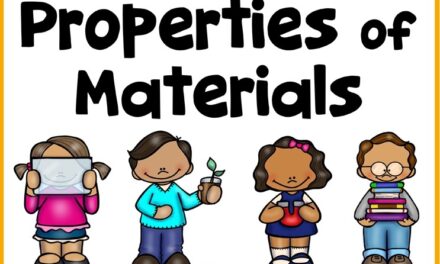Let’s understand the key differences between idioms and proverbs, along with examples that blur these lines.
Key Differences:
- Purpose
– Idioms: Primarily used to express an idea in a creative or colorful way
– Proverbs: Used to teach a moral lesson or convey universal wisdom
- Structure
– Idioms: Usually shorter phrases that can be integrated into sentences
– Proverbs: Typically complete sentences that stand alone as statements
- Meaning
– Idioms: The meaning is often completely different from the literal words
– Proverbs: May use metaphorical language but usually have a more direct connection to their meaning
- Usage
– Idioms: Can be used as parts of speech (verbs, adjectives, etc.)
– Proverbs: Used as complete thoughts to make a point or give advice
Examples to Help Differentiate:
Pure Idiom:
– “Kick the bucket” (meaning: to die)
– “Under the weather” (meaning: feeling sick)
These are phrases that can’t stand alone as wisdom but are used within sentences.
Pure Proverb:
– “Honesty is the best policy”
– “Actions speak louder than words”
These convey wisdom and can stand alone as complete thoughts.
Expressions That Function as Both Idioms and Proverbs:
- “A bird in the hand is worth two in the bush”
– As an idiom: Describes a situation where keeping something certain is better than risking it
– As a proverb: Teaches the wisdom of valuing what you have over uncertain prospects
- “Don’t put all your eggs in one basket”
– As an idiom: Describes the act of risking everything on a single venture
– As a proverb: Teaches the wisdom of diversifying risk
- “The early bird catches the worm”
– As an idiom: Describes someone who succeeds by being first
– As a proverb: Teaches the value of promptness and initiative
- “Every cloud has a silver lining”
– As an idiom: Describes finding something positive in a negative situation
– As a proverb: Teaches optimism and hope during difficult times
- “You can’t judge a book by its cover”
– As an idiom: Describes the act of making superficial judgments
– As a proverb: Teaches the wisdom of looking beyond appearances
- “Rome wasn’t built in a day”
– As an idiom: Describes a lengthy process
– As a proverb: Teaches patience and persistence
- “The apple doesn’t fall far from the tree”
– As an idiom: Describes family similarities
– As a proverb: Teaches about inherited traits and family influence
How to tell which is which:
- Ask yourself: “Is this teaching a lesson?”
If yes, it’s likely being used as a proverb
If no, it’s probably functioning as an idiom
- Consider the context:
– If it’s integrated into a sentence to describe something → Idiom usage
– If it’s stated alone to make a point → Proverb usage
- Look at the structure:
– If it can be modified to fit into different sentences → Idiom
– If it’s always quoted in its complete form → Proverb
The key to understanding whether an expression is functioning as an idiom or proverb often lies in how it’s being used in context, rather than in the expression itself. Many traditional sayings can serve both purposes, making them particularly rich and versatile elements of language.
















